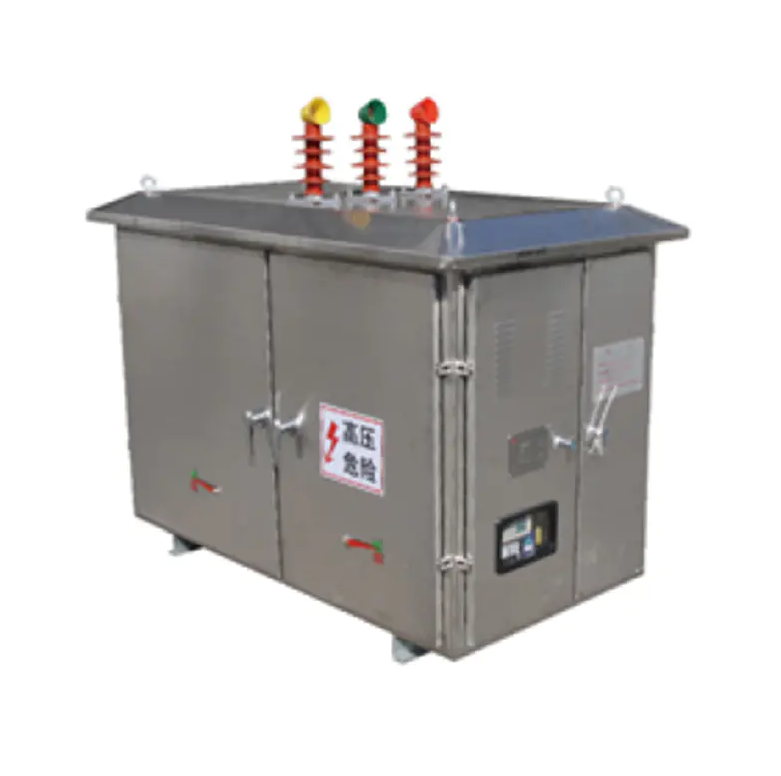In various industrial and power transmission systems, the High Voltage Capacitor Unit plays a vital role in reactive power compensation, voltage stabilization, and harmonic filtering. These applications often require equipment to operate reliably under extreme environmental conditions, including both high and low temperatures. One commonly raised question is whether a High Voltage Capacitor Unit can maintain its performance when exposed to temperature extremes. The answer depends largely on the specific design, materials used, and quality of the capacitor, but in general, temperature can indeed have a noticeable impact on its performance.
A High Voltage Capacitor Unit consists of internal dielectric materials, conductive elements, and a sealed enclosure. These components are all sensitive to temperature changes. In high-temperature environments, typically above 50°C (122°F), the dielectric materials within the capacitor may experience accelerated aging or thermal stress. This can lead to increased dielectric losses, reduced insulation resistance, and in some cases, a shorter operational lifespan. Furthermore, the internal pressure within the sealed unit may increase, potentially compromising the structural integrity of the casing if the temperature tolerance threshold is exceeded.
Manufacturers often mitigate high-temperature risks by using high-grade dielectric materials such as polypropylene or impregnated paper, along with oil or gas filling to aid in heat dissipation. Some models are also equipped with thermal protection mechanisms or cooling systems to enhance durability in hot climates. However, it is crucial to ensure that the specific High Voltage Capacitor Unit selected is rated for the operational ambient temperature of the installation site. Failure to do so may result in degraded performance or premature failure.
On the opposite end of the spectrum, low temperatures—especially those below -25°C (-13°F)—can also affect capacitor behavior. In such conditions, the viscosity of any liquid dielectric medium may increase, potentially impacting the charging and discharging response of the unit. Some dielectric materials become brittle in extremely cold conditions, leading to a risk of cracking or insulation breakdown. Moreover, thermal contraction of materials can cause mechanical stress between internal layers, which might eventually compromise internal contact or alignment.
To address these issues, many Voltage Capacitor Units designed for cold environments incorporate flexible sealing technologies and cold-resistant dielectrics that maintain mechanical stability and electrical integrity even at sub-zero temperatures. It is not uncommon for industrial-grade units to carry operational ratings ranging from -40°C to +70°C, ensuring reliable service in both arctic and desert environments.
In addition to the construction of the unit itself, external factors such as sudden temperature fluctuations, poor ventilation, or exposure to direct sunlight can influence performance. As such, proper site assessment and adherence to manufacturer installation guidelines are critical to ensuring stable operation.
In conclusion, the High Voltage Capacitor Unit is capable of operating under a range of temperatures, but its performance is undeniably influenced by environmental extremes. To ensure long-term reliability, it's essential to choose a capacitor model with appropriate thermal ratings and to install it in a well-considered environment that avoids extreme temperature fluctuations whenever possible. With proper selection and maintenance, temperature-related issues can be minimized, allowing the High Voltage Capacitor Unit to perform effectively in even the harshest climates.
Rated Values Range for Assembled High Voltage Capacitor:
Rated Voltage Range: 3kV-46kV
Rated Capacity Range: 600kvar-10000kvar
